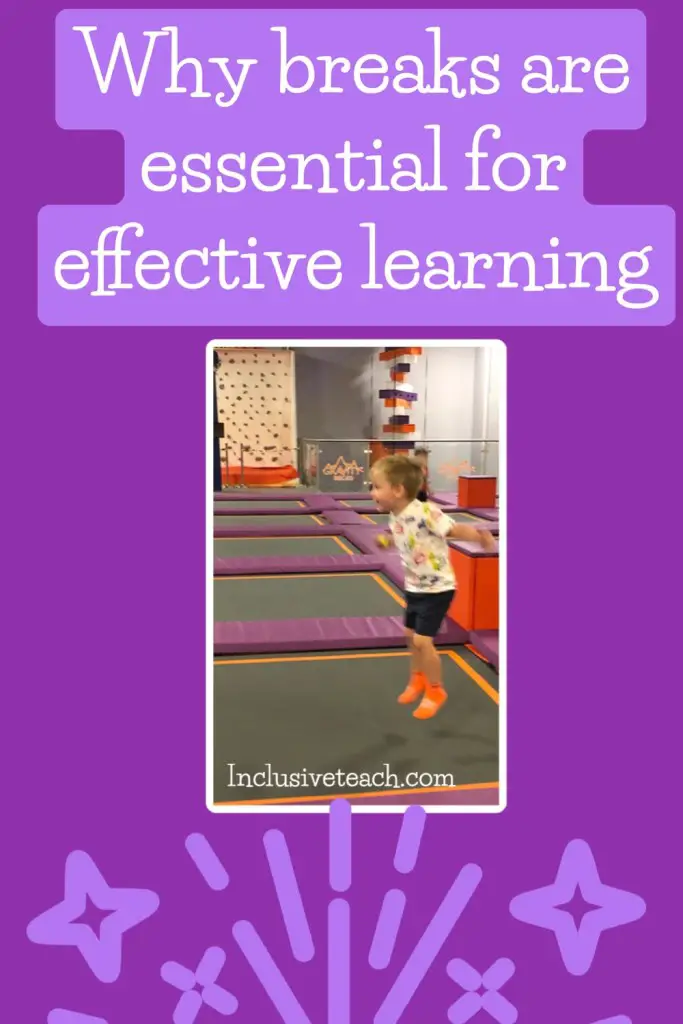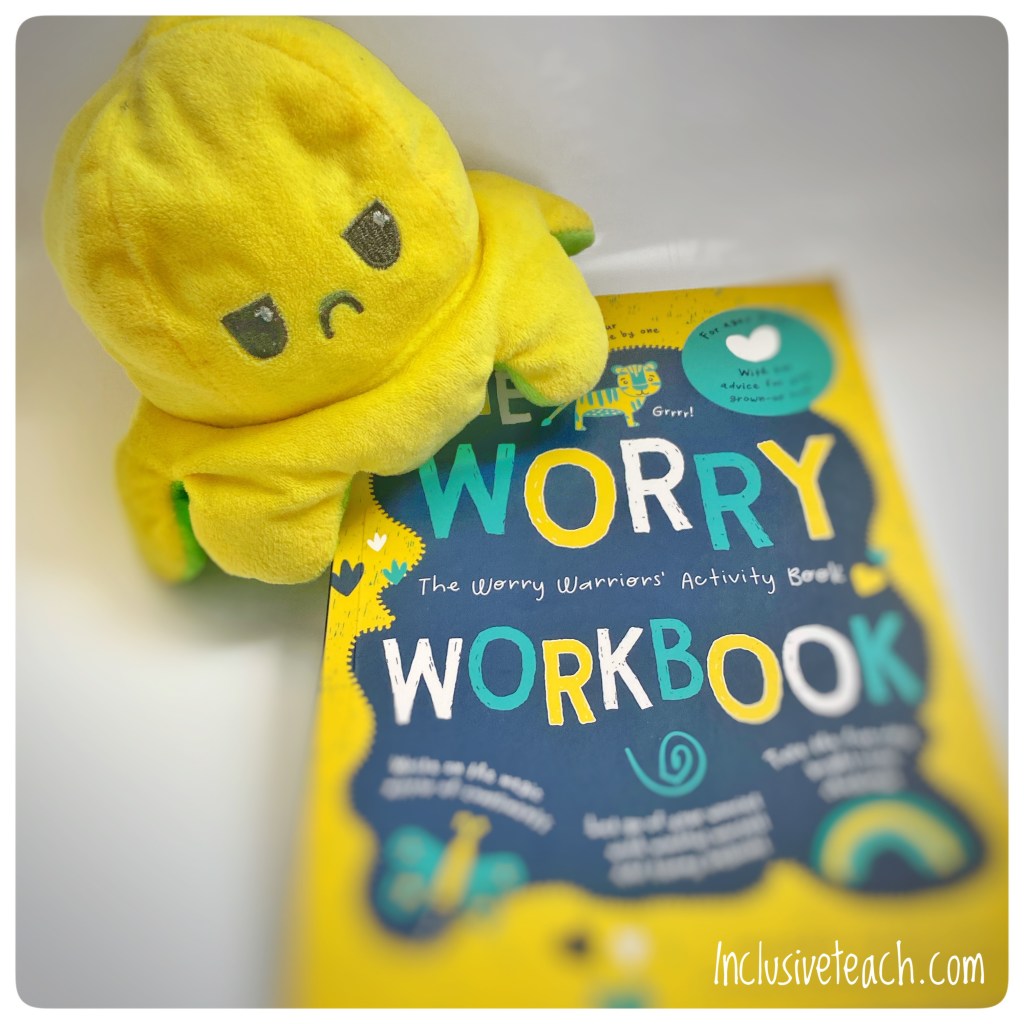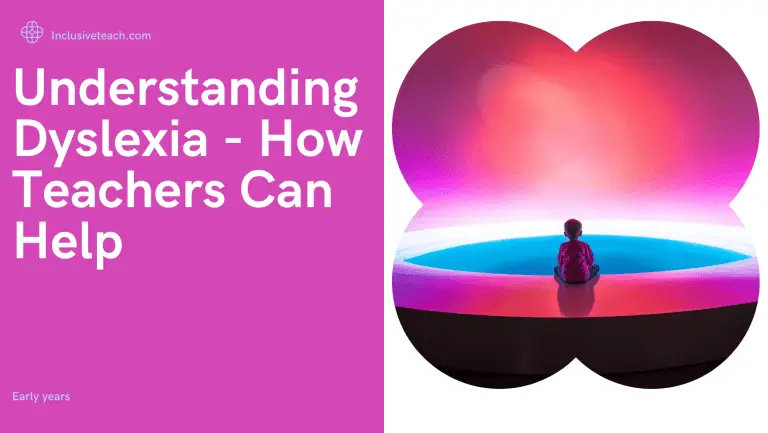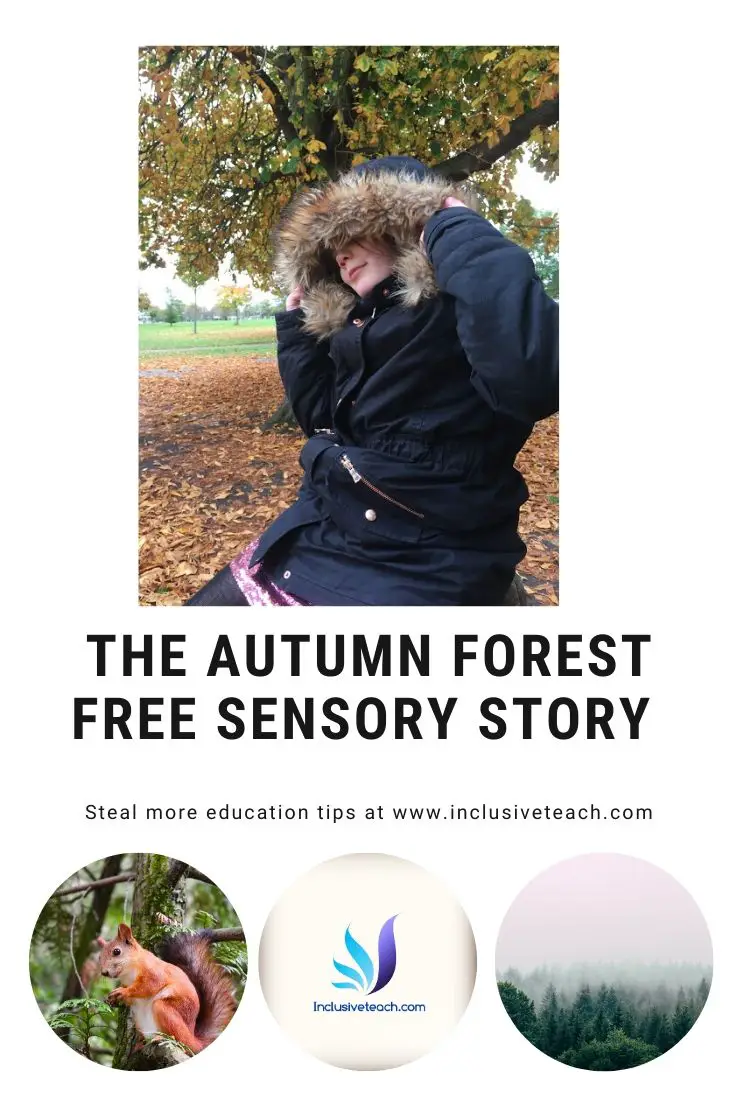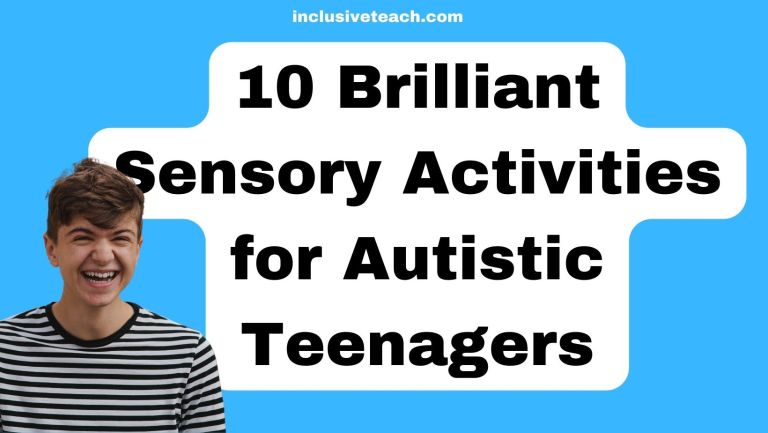Using Breaks To Enhance Learning at School
Why should you give children breaks during the day?
This post was inspired by an overheard conversation and links two issues. Access to planned interventions and the provision of learning breaks throughout the day. A parent of an autistic child was questioning whether a school should have stopped their child from attending their sensory circuit session. This was a timetabled session designed and provided to allow the child to regulate.
Why should students have breaks during the school day?
The purpose of any OT, SALT or behaviour intervention session is not a reward or a timeout. They are key to the child’s provision and enable them to learn effectively. Reactions like this to essential elements of a child’s provision show a deep and unacceptable lack of understanding of additional needs or even basic learning needs. It is this kind of ethos that can lead to children being labelled as displaying “challenging behaviour” and has no place in the education system.
Interventions are not breaks or rewards.
Planned interventions that are not designed to focus on specific academic elements of a child’s provision should never be confused with breaks. If a child has something detailed on their EHCP, provision plan or even behaviour support plan it is not up to classroom staff to determine whether this is provided on a certain day. I have seen firsthand staff who do not agree a child needs breaks built into their day. I am a believer in teacher autonomy but not in situations where a team, specialist or other party has stated that something is needed.
In the example of sensory circuits, these are not rewards. The aim is to focus concentration in readiness for the day’s learning. The circuit also encourages the development of the child’s sensory processing skills. The sentence above could not be clearer – it is to help that child learn. To put it another way if you don’t facilitate this happening the child will not learn as effectively. Make sure you meet these needs.
Why use a break in school during the day?
I put “use” in the heading as we need to look at breaks as another pedagogical tool. Too often children are kept in lessons under the justification that they will miss learning. If you hear this argument I urge you to point them to this post. Stress and tiredness can and do increase anxiety and impact the child’s wider wellbeing. I will claim that the learning following that break will be of much higher quality for the reasons outlined below.
How do I know when a child needs a break?
As educational professionals, we should always seek to be proactive and plan the provision for each pupil we teach. It can be easy to wait too long to initiate a break in which case you need to react. Timetabling them in can help but does not allow for the impact of stressors throughout the day. The better we know our pupils the more effective we will become at foreseeing when a child will require a break. This may look like you are stopping a child before it seems they need a break but this is key to ensuring the classroom is as calm and low-stress an environment as possible. By doing this we don’t need to react to behaviours as we are ensuring needs are met before they manifest in negative ways, this includes internalised stress for the child.
So why take a break early?
- A child’s processing skills are reduced with tiredness or stress.
- The more instructions the child needs to process the more difficult the activities are to complete.
- Stress amplifies sensory issues.
- In a feedback cycle stress makes the child tired (Spoon theory and autism is worth looking into here). This may be why a child struggles to complete familiar tasks on different days.
- The higher the level of stress or tiredness the longer it will take the child to return to baseline. Lots of short breaks are often more effective than one long break.
- Reducing stress throughout the day can help avoid issues at home in the evening.
- By reducing stress during the day we can help reduce anxiety around coming to school the next day.
What does a learning break look like?
You can use breaks in school to suit you. This is down to your level of creativity and knowledge of the child. I have tried to share ideas that are not full withdrawal but if that is what the child needs use it. If you have a TA in class they may be able to support these as well. The ideas below are ones I have used but I would love to hear your ideas as well. I would suggest that it is not only that child who needs to complete the “break” alone, is there a peer who would benefit? Could the whole class take part?
- Taking the register/a letter to the office.
- Complete a well-being or anxiety workbook.
- Collecting an item from a specific area (preplanned)
- Read a book for 5 minutes
- Sit under the table
- Sit in a quiet area or visit a multisensory room
- A walk around the school
- Fresh air
- Complete the daily mile
- Complete a favoured task (colouring, wordsearch, stickers)
- Listen to one song on headphones
- Bubbles!
- Use a linked but lower demand activity i.e. a sensory tray.
The benefits of using sensory breaks for autistic pupils
Autistic students often have difficulties with sensory processing that can impact their learning and emotional regulation. Short sensory breaks integrated throughout the day provide sensory input to help these students function better in classroom contexts. During sensory breaks, activities may include heavy work exercises, fidget toys, deep-pressure massage or interactive textures.
The goal is to stimulate the proprioceptive, vestibular and tactile sensory systems to achieve self-calming. This can help autistic pupils feel more composed, focused and relaxed after the break. Sensory breaks also disrupt prolonged periods of a single sensory experience, like sitting for long stretches. Switching between focused tasks and brief sensory input optimises arousal levels and prevents cognitive overload.
The benefits of sensory breaks include improved attention, reduced stress and anxiety, better impulse control, and a calming effect which makes returning to academics more successful. It is a low-cost, low-prep strategy that requires little space. When incorporated regularly, these short sessions provide just enough sensory stimulation to recharge autistic students’ neurological thresholds, improving their learning experience and participation throughout the day.
Using Breaks in School – Post Summary
So why should students have breaks during the school day? We should never push a child to the point where they need to display behaviours to avoid or escape from learning. If we know a child needs breaks or specific interventions to learn most effectively it is unethical to not allow these. We need to be alert to the stress and energy levels of our pupils. We can, through a simple plan, legitimise and show the value of learning breaks. This will have a positive impact on our stress level as we will not be managing avoidable behaviours that disrupt our lesson. Using breaks in school is an effective way to enhance learning.
